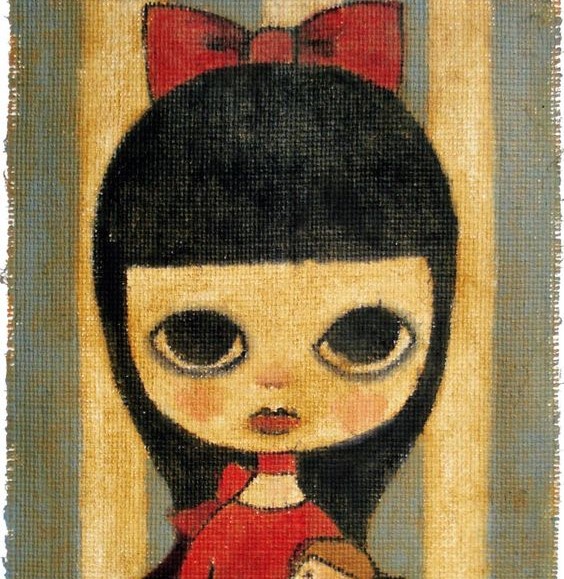Patterns of Development
Cards (15)
- How does a fertilisied egg develop into a mature adult?
- The human genome
- Inputs (Genetic)
- Gene transmission from parents to offspring
- Gene transmission from parents to offspring
- Crossing over
- Genetic variation
- Genes on chromosomes
- Gene variants
- Gene variation
- Genotype
- Phenotype
- Inputs (Environmental)
- Gene/environment interactions
